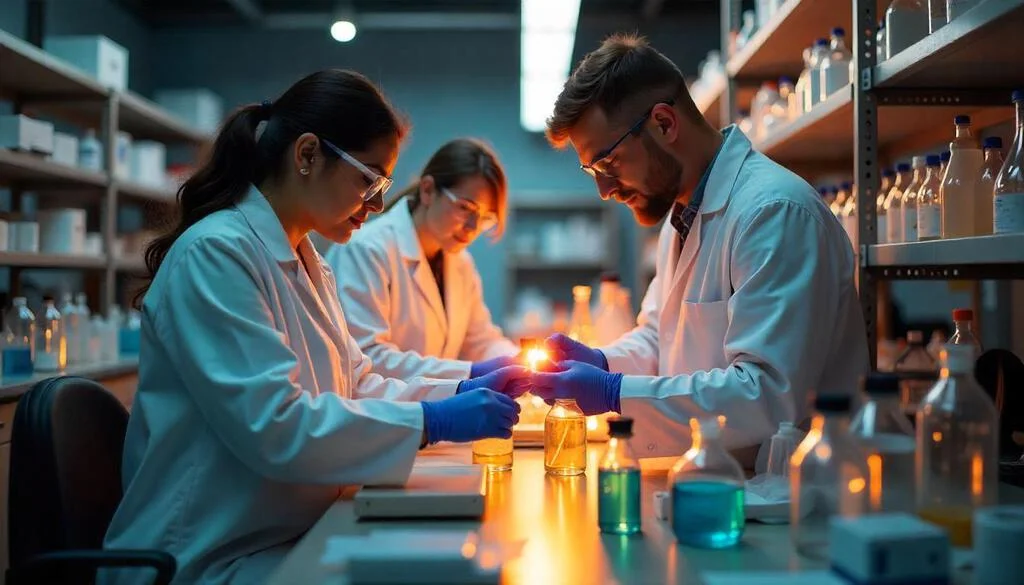
The Growing Demand for Biodegradable Packaging Materials
As industries and consumers prioritize sustainability, the demand for biodegradable packaging materials has increased significantly. These innovative materials offer an eco-friendly alternative to traditional packaging, which contributes to pollution and waste. Furthermore, stricter environmental regulations worldwide are encouraging businesses to adopt more sustainable practices, accelerating the shift toward biodegradable solutions.
Types of Biodegradable Packaging Materials
Innovative eco-friendly packaging options have introduced new ways to reduce waste and protect the environment:
- Plant-Based Plastics
Derived from renewable resources like cornstarch and sugarcane, plant-based plastics decompose faster than traditional petroleum-based plastics. As a result, they are increasingly used in food packaging and disposable items. Biodegradable packaging materials. - Mushroom Packaging
Made from agricultural waste and fungi, mushroom packaging provides a compostable alternative to Styrofoam. Moreover, it is lightweight and strong, making it suitable for a variety of products. - Edible Films
Used primarily in the food industry, edible films reduce waste by creating packaging that can be safely consumed. For instance, they are commonly applied to fruits and snacks, minimizing single-use waste.
Benefits of Biodegradable Packaging Materials
The adoption of biodegradable packaging materials offers several advantages that benefit both businesses and the environment:
- Environmental Impact
These materials naturally decompose, significantly reducing landfill waste and ocean pollution. - Customer Appeal
As consumer preferences shift toward environmentally friendly products, sustainable packaging enhances brand loyalty and attracts eco-conscious customers. - Regulatory Compliance
Businesses that use biodegradable materials often meet or exceed environmental standards, avoiding fines and improving their public image.
Challenges and Future Innovations
While the benefits of sustainable packaging solutions are clear, challenges such as cost and scalability remain. Currently, biodegradable materials often cost more to produce than traditional options. However, advances in technology promise to overcome these obstacles:
- Advanced Bioplastics: New materials decompose faster and require fewer resources to manufacture. Biodegradable packaging materials.
- Hybrid Solutions: Combining recycled and biodegradable components improves both performance and affordability.
- Localized Sourcing: Using agricultural byproducts from nearby regions reduces transportation emissions and costs.
Conclusion
Biodegradable packaging materials represent the future of sustainable packaging. They provide eco-friendly alternatives to conventional materials, reduce environmental impact, and appeal to modern consumers. As technology continues to improve their affordability and scalability, these materials will become an essential part of global logistics and packaging strategies.
Contact us today to explore how sustainable packaging solutions can help your business reduce waste and embrace greener practices!




